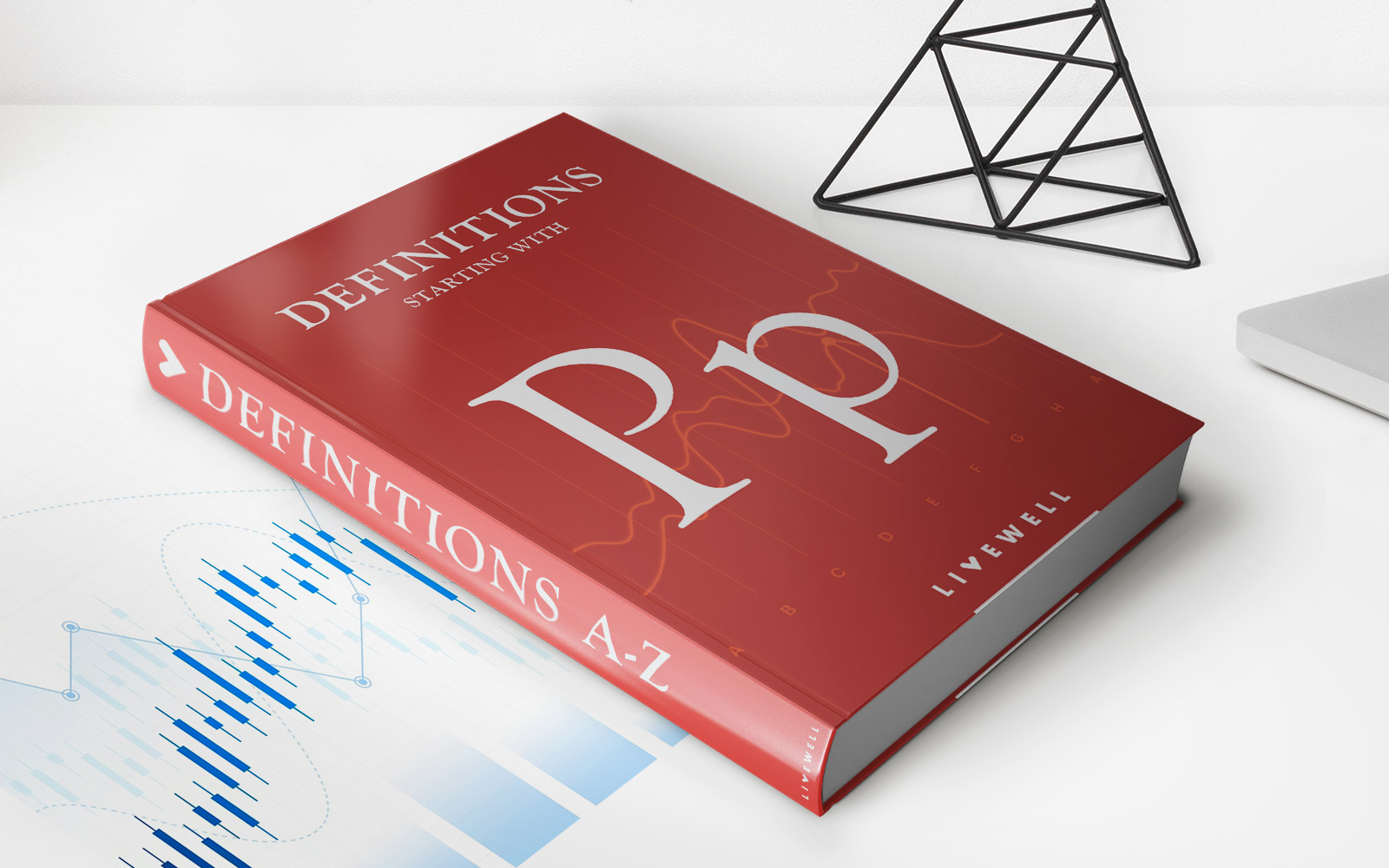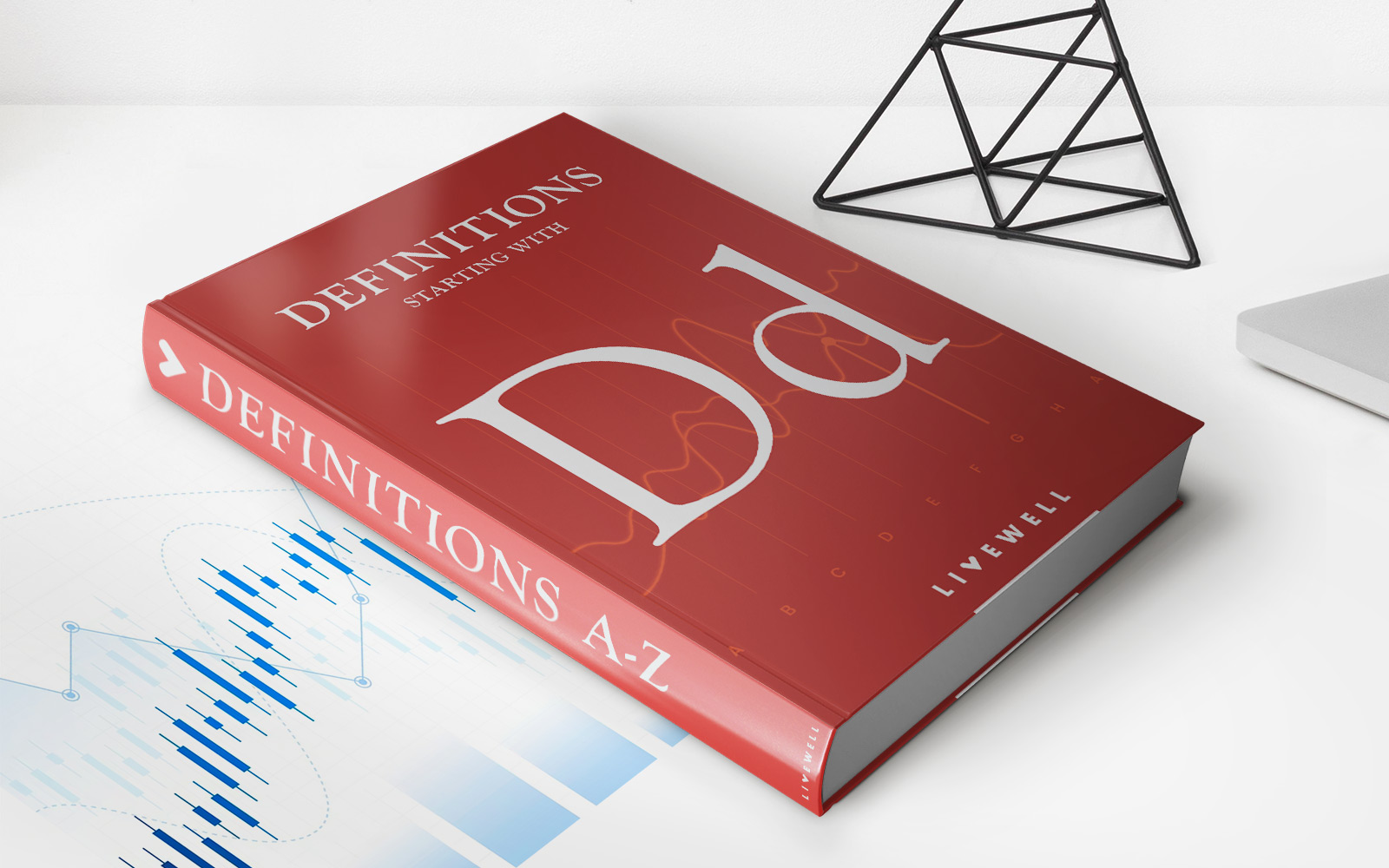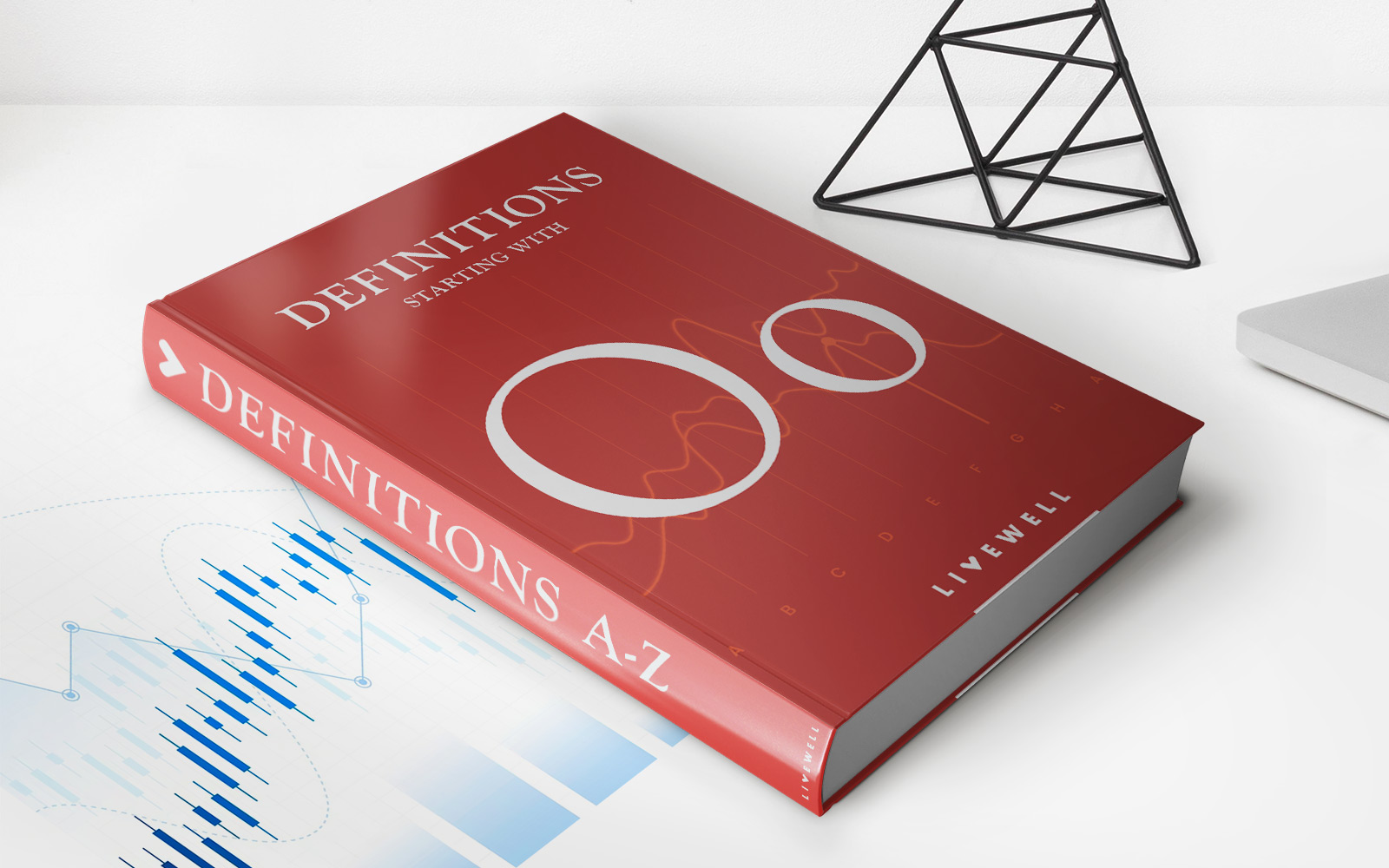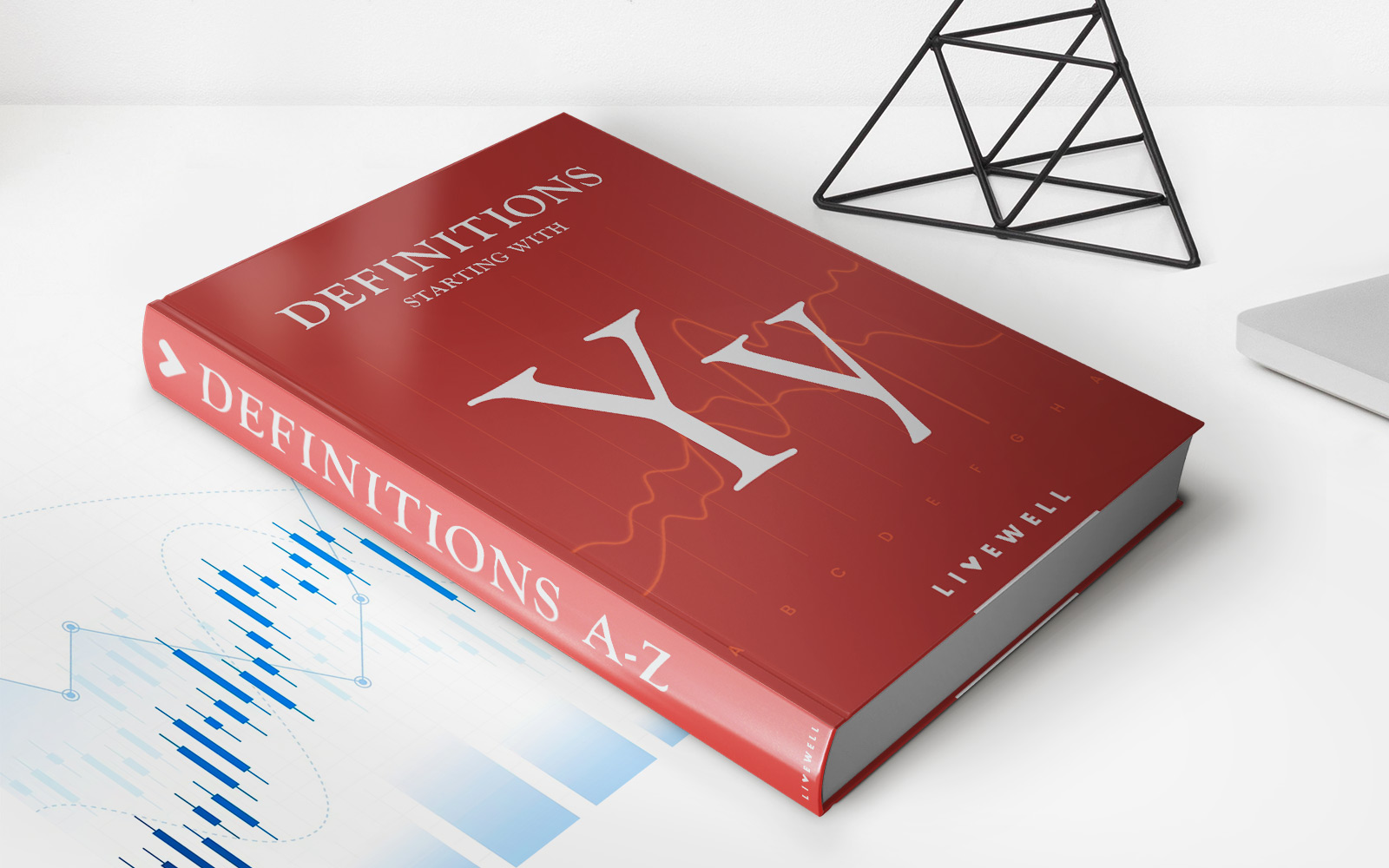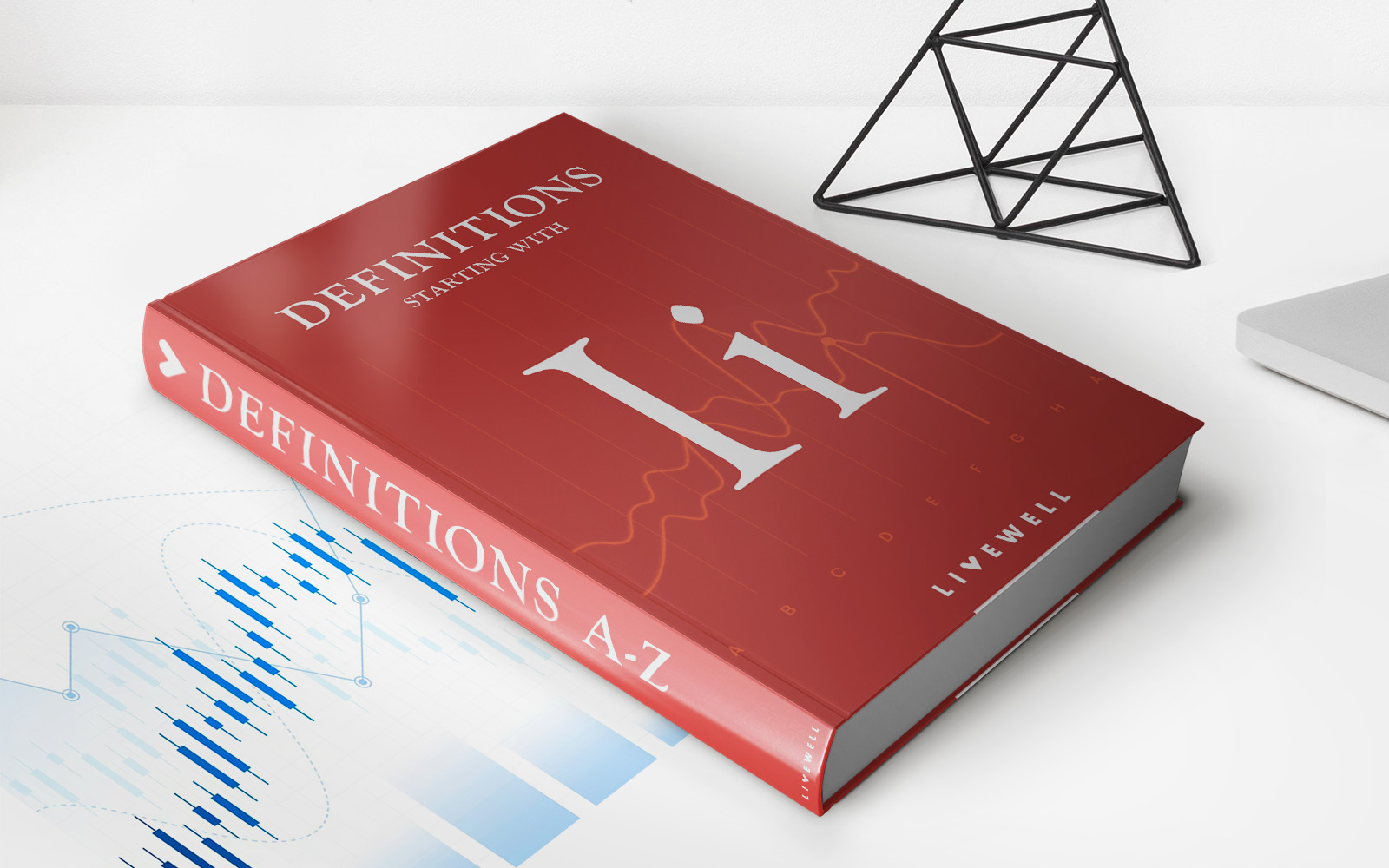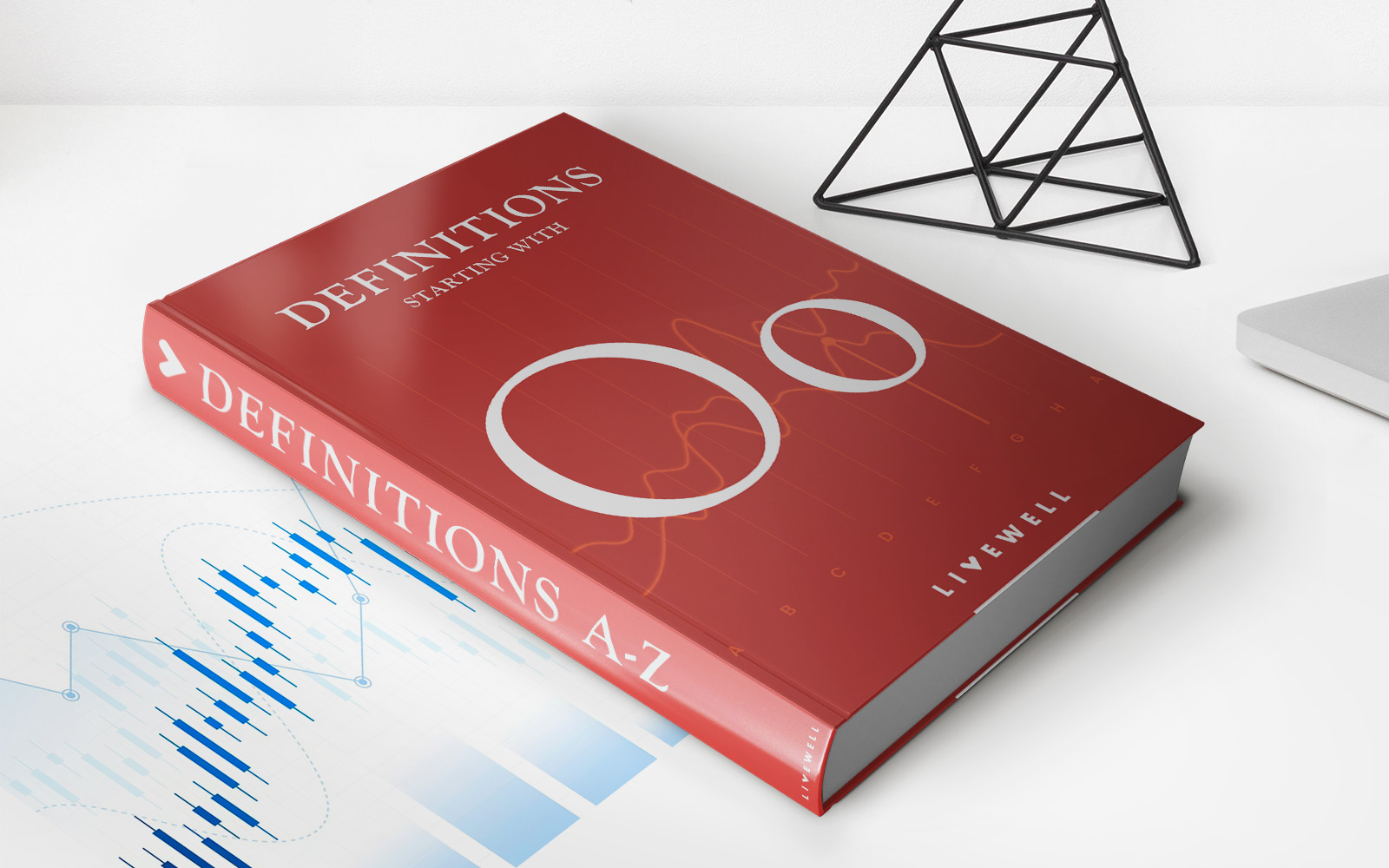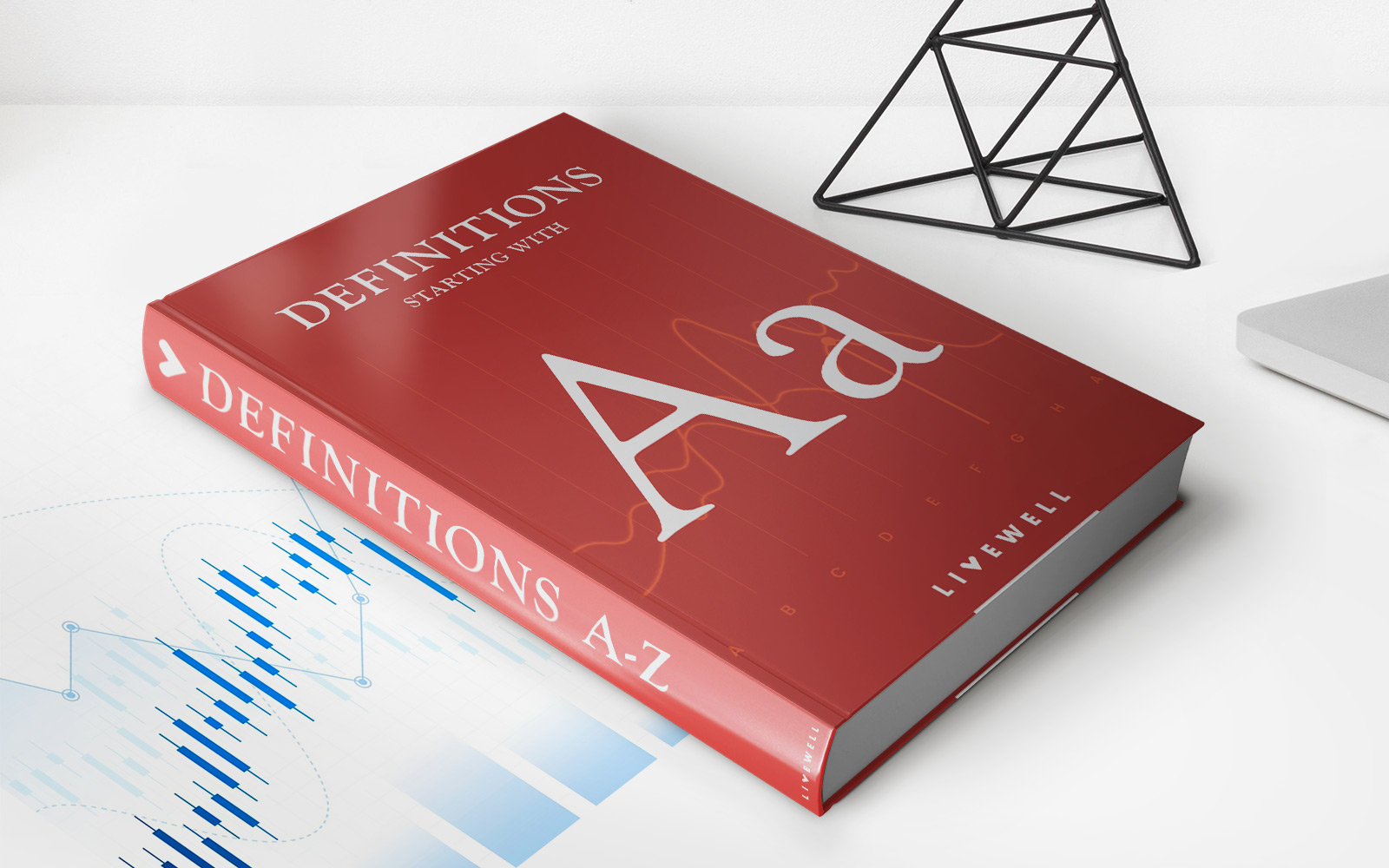Home>Finance>Credit Spread Option: Definition, How They Work, And Types


Finance
Credit Spread Option: Definition, How They Work, And Types
Modified: January 15, 2024
Learn about credit spread options in finance, including their definition, how they work, and the various types available.
(Many of the links in this article redirect to a specific reviewed product. Your purchase of these products through affiliate links helps to generate commission for LiveWell, at no extra cost. Learn more)
Understanding Credit Spread Options: A Guide to Financial Success
When it comes to navigating the world of finance, it’s essential to have a comprehensive understanding of various investment strategies. One such strategy that has gained popularity among seasoned investors is the credit spread option. In this blog post, we will delve into the definition, how credit spread options work, and the different types available. So, let’s dive in and uncover the secrets of this powerful financial tool.
Key Takeaways:
- Credit spread options provide investors with the opportunity to profit from the difference in premiums between two option contracts.
- These options involve the sale of one option and the purchase of another option on the same underlying asset, but with different strike prices.
What are Credit Spread Options?
A credit spread option is a type of options strategy that involves the simultaneous sale and purchase of two option contracts. These contracts are typically on the same underlying asset but have different strike prices, referred to as the spread. The key distinguishing feature of credit spread options is the difference in premium collected and paid for the two options.
Unlike traditional options, which offer the potential for unlimited profit, credit spread options have limited profit potential. However, they also carry lower risk compared to other strategies. By selling one option contract and purchasing another, investors can generate income upfront while minimizing potential losses.
How Do Credit Spread Options Work?
When employing a credit spread option strategy, investors will sell an option with a higher strike price and simultaneously purchase an option with a lower strike price. This process creates a credit spread, as the premium collected from the sold option is higher than the premium paid for the purchased option.
For example, let’s say an investor sells a call option on XYZ stock with a strike price of $100 and receives a premium of $5. At the same time, they purchase a call option on the same stock with a strike price of $105 for a premium of $2. The net credit received from this transaction would be $3 ($5 – $2).
If the price of XYZ stock remains below $100 at expiration, both options would expire worthless, allowing the investor to keep the premium received as profit. However, if the stock price rises above $100, the investor may be obligated to sell the stock at the strike price of $100, potentially resulting in a loss.
It’s important to note that credit spread options can be constructed using both call options and put options, providing flexibility for investors to tailor their strategies to their specific market outlook and risk tolerance.
Types of Credit Spread Options
There are two main types of credit spread options that investors can utilize:
- Bull Credit Spread: This type of credit spread is employed when an investor has a bullish outlook on the underlying asset. A bull credit spread involves selling a put option with a higher strike price and purchasing a put option with a lower strike price. The investor generates a credit upfront and profits if the stock price remains above the higher strike price at expiration.
- Bear Credit Spread: On the other hand, a bear credit spread is utilized when an investor expects the underlying asset’s price to decline. In this strategy, the investor sells a call option with a higher strike price and buys a call option with a lower strike price. The net credit received provides the potential profit if the stock price remains below the lower strike price at expiration.
Both bull and bear credit spread options offer a way for investors to generate income and manage risk by collecting premium upfront while limiting their potential losses. It’s important to conduct thorough research and analysis before implementing any credit spread option strategy to ensure it aligns with your investment goals.
In Conclusion
Credit spread options are an effective tool for investors looking to generate income while managing risk. By strategically selling and purchasing option contracts with different strike prices, investors can create a credit spread and profit from the difference in premiums collected and paid. Whether you have a bullish or bearish outlook, there is a credit spread option strategy available to suit your needs.
Remember, as with any investment strategy, it’s crucial to thoroughly understand the risks involved and conduct proper research before executing any trades. So, harness the power of credit spread options and elevate your investment game today!

